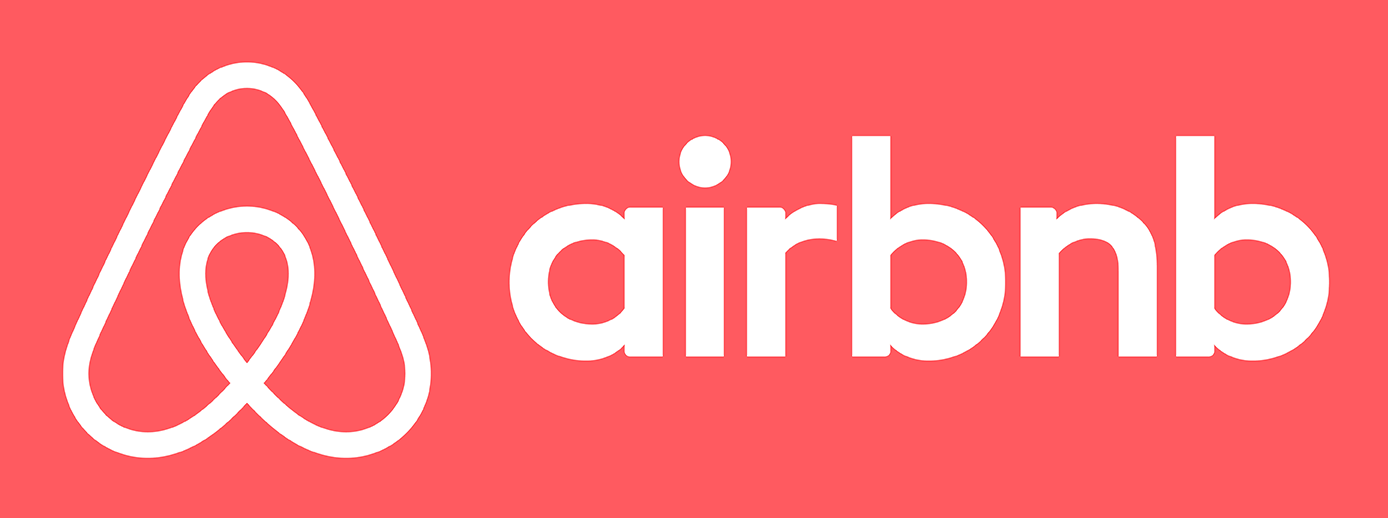

When we look outside the walls of traditional medicine, we can find innovative solutions that when applied appropriately, can create unforeseen benefits. Stuart Kauffmann, an evolutionary biologist and complexity systems researcher, proposed a theory where biological organisms can morph into more complex systems that expend less energy. The idea of increasing the complexity to gain some increased benefit has been applied to areas outside living organisms with some success.
Airbnb disrupted the hospitality industry. It depends on high data volume coupled with batch analytics to derive meaning and results from the data collected. Orbitz found surprising insights when they began to look outside the industry standard data being collected. They found people who used their services from an Apple device spent as much as 30% more per night on hotel rooms.
With an expanding volume, velocity, variety and variability in health data, healthcare is the most complex human designed system and many would think I am crazy to advocate for the collection of more data to an already bloated system. The addition of more data streams no doubt adds to the complexity.
However, when we begin to understand how adding behavioral data gathered from interactions with conventional health data, that integration holds potential to garner new insights in staffing, quality and patient care delivery. Healthcare can apply similar thinking to making better use of its data, how we interact with it and understanding the complexity of our systems which would allow for better prediction and attainment of cost savings not previously possible.
Harnessing Value From EHR Data
Using the concept of moving into an area of greater complexity to obtain results of higher value or at a reduced cost, we can begin to harness value from the EHR implementations that have thus far required huge capital expenditures to install and maintain. As an example, let’s look at a concept that is simple in nature, but without the addition of another layer, leads data stranded until someone searches for and takes action upon it.
Medical orders have existed for many years. The paper-based physician order sheet was the mainstay and most often utilized area of the medical chart. When a physician or other healthcare professional wanted to implement an intervention, he or she would scrawl it in “the orders”. This paper log would then be acted upon by the unit secretary who happened upon it during a routine scan of the chart or after some flag marked it for action.
When the order was processed, it involved contacting the person responsible for taking action on what was prescribed. Orders were a means to communicate a task or group of tasks to be acted upon, ultimately by one individual, but often required multiple people to perform sub-tasks such as prepare a medication, deliver it to the floor, and actually administer it to the patient in the prescribed manner.
Application of technology to these manual processes has lead to vast improvements in the workflow and task sequencing of medical orders. However, the process remains much as it did in the paper-based medical charting era. The sequence is the same with the addition of small enhancements such as an electronic notification to the pharmacy department or laboratory scheduling era that a medication or test needs to be completed. It has not lead to an enhancement of the communication between the various players, processes and steps required to complete something as simple as the drawing of blood or administration of a medication.
When a physician adds an order to a patient’s record, it is recorded in an area of the EHR to be acted upon. Although some notifications can occur, depending on the EHR system, it often requires a series of steps eventually leading to its completion. The problem that remains is one of automation and enhancement by proactively arranging the various sub-tasks and delegating them in a manner that allows for their seamless completion by appropriate and available personal at any point in time.
Applying Airbnb Data Principles
If we apply Airbnb principles and the theory of the adjacent possible, the design of such a system could look like this. A hospitalized patient has been admitted with a complex medical condition necessitating the formation of a care team from multiple medical specialties. When a consulting physician evaluates the patient for addressing a renal concern, she places a number of orders for labs and medication. These orders vary in when they are to be applied to the patient and involve other healthcare providers to act on them.
With the orders placed, they would be executed by those responsible for delivery. For example, if the patient is to receive a Tylenol to address an issue with a rising temperature, the patients nurse would be alerted to this as a STAT order. When the message arrives on the nurse’s smart phone, she can approach the medication dispensing machine and be automatically logged in and the medication dispensed and recorded for the patient who needs it. The nurse can administer the medicine and document it. One step, not a series of steps acknowledging receipt of the message, logging into another system, searching for the patient and selecting the appropriate medication. Finally, administering the medication, only to have to once again sign into the medical record to record the medication administration.
But as we all know, hospitals do not work like this. Maybe the nurse was involved in the care of an unstable patient, unable to take care of this order. In system processing information with enhanced communication ability, the required task can be diverted to another nurse who is free at the moment. The scenario has been directed to a care provider with nothing more than the nurse declining the initial message or the system being aware of the issue occurring with another patient and occupying the initial nurse’s time. This scenario highlights the importance of workflow and communication between various components of a complex system.
Such a system can scale beyond the simple act of order placement. Imagine the value in insights that can be gathered as we understand how healthcare professionals and the patients respond. It allows us to bring new insights into the barriers, delays, or enhancements that can be gathered by routing information and activities and tasks to the appropriate care provider who is best able to respond and can do so in a timely manner. Not only his response important, but closure of the accountability loop when a task is completed. Now we have developed an ecosystem of an event-based alerting or messaging system that is capable of closing many of the open communication loops that remain in our healthcare system despite the implementation of EHRs.
We generate data which currently is hard to capture and analyze. Understanding how the process flows, the limitations present, and the bottlenecks, we can better plan and assess needs of our systems. By using such data, we can better model and predict the needs of our patients and be able to impact quality and cost data.
New Strategy for EHR System Data Flow
One could develop an EHR system where all of this potential is hard coded, but this does not allow for evolution as new processes or rules enter the data stream. Instead of a data collection system responsible for the flow of data, we can employ a different strategy. Development of such a system has brought the ability to interact with, process, monitor and communicate processes, events and situations that arise within the networked systems.
The ability to do this does not require being confined to a single EHR, but could connect many disparate databases monitoring interactions occurring as data flows. By monitoring these data pipelines and the data flowing within them, we can build a programmable workflow system to enhance the overall system with a lower cost. Systems such as this impact the care delivery and economics by gaining new insights and predictive capabilities.
The requirements of such a system include data, real-time analytics, communication or messaging, user roll assignment, and interfacing components to link everything together. This moves beyond interoperability, the movement of data from one system to another into one where interfaces are possible to enhance the system as a whole. Such a system has been developed to allow such a workflow to take place. It even goes beyond the scenario described previously when a shift change leads to a new nurse being assigned to the patient in need. The task list is transferred from the nurse whose shift has ended to that of the one arriving.
The complexity of healthcare is not contracting; we need to take a note from the playbooks of other industries such as shared economy players that are able to connect vast numbers of nodes together and act upon data in real-time to generate workflows and automated processes that enhance the work required of humans.
We have reached the limit of what we can accomplish without such systems; it is now time to explore where we can go with integration and interfacing systems together. This is the new definition of interoperability, the interfacing of many for a synergistic gain in value. Maybe we should call this interfacability.
Dr. Donald Voltz is a board-certified anesthesiologist, researcher, medical educator, and entrepreneur. With more than 15 years of experience in healthcare, Dr. Voltz has been involved with many facets of medicine. He has performed basic science and clinical research and has experience in the translation of ideas into viable medical systems and devices.

